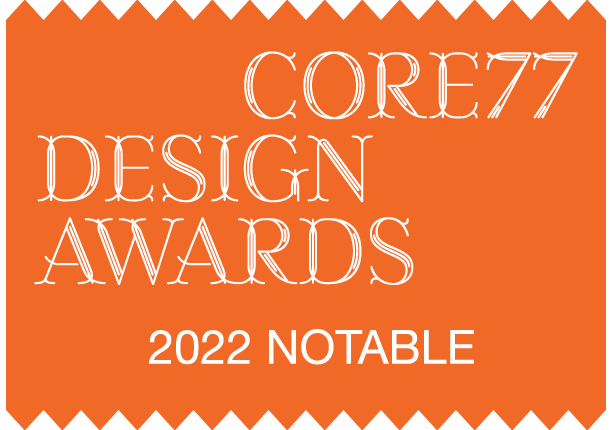Intersecting Social Factors
Our design case studies include — but are not limited to — these twelve intersecting factors.
Other factors include: Appearance, Language, Political Ideology, Religion, Immigrant Status, Work Background, Physical and Mental Health, Indigeneity, and more.
What other intersectional factors might be relevant?
We want to hear from you with design examples related to intersectional factors!
Send us your ideas.
Refers to cultural attitudes and behaviors that shape products, technologies, environments, and knowledge—and includes: gender norms, gender identity, and gender relations.
Gender is multi-dimensional and may include women, men, transgender, genderqueer, gender-diverse individuals, non-binary, etc.
Refers to biological characteristics, such as height, weight, physiology, etc.
Sex is on a spectrum, and includes: female, male, and intersex.


